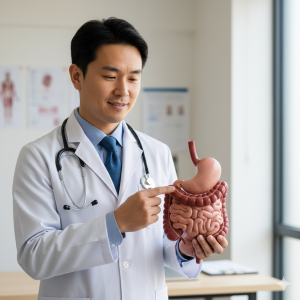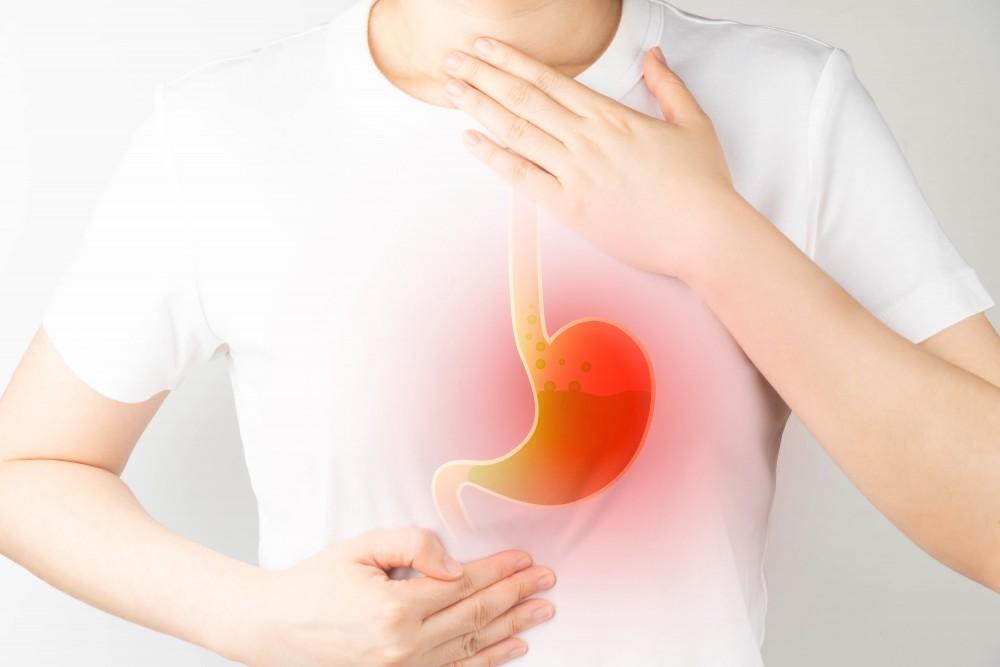
Instant Constipation Relief: 10 Doctor-Approved Foods That Work Fast
Introduction: When Relief Can’t Wait We’ve all been there: that uncomfortable, heavy, and sometimes painful feeling of being completely blocked.

Introduction: When Relief Can’t Wait We’ve all been there: that uncomfortable, heavy, and sometimes painful feeling of being completely blocked.

Gastroesophageal reflux disease (GERD) occurs when stomach acid frequently flows back into the esophagus (the tube connecting your mouth and stomach) This acid reflux can irritate the lining of your esophagus. Acid reflux is a quite common condition. Most people can manage the discomfort with lifestyle changes and over the counter medications. But some people with GERD may need stronger medications or surgery to ease the symptoms.
Symptoms
Common symptoms of GERD include:
Causes
GERD is caused by frequent acid reflux.
When you swallow, a circular band of muscles around the bottom of your esophagus (lower esophageal sphincter) relaxes to allow food and liquid to flow into your stomach. Then the sphincter closes again.
If the sphincter weakens, stomach acid can flow back up into your esophagus. This irritates the lining of your esophagus, causing it to be inflamed.
Risk Factors
Complications
Over time, long standing inflammation in your esophagus can cause:
Esophageal Ulcer. This is an open sore in the esophagus. Stomach acids wear away tissue in the esophagus, causing an open sore to form. An esophageal ulcer can cause bleeding, pain, and cause difficulty swallowing.
Esophageal Stricture. This is narrowing of the esophagus. Damage to the lower esophagus from the stomach acid causes scar tissue to form. This narrows the food pathway leading to difficulty swallowing.
Barrett’s Esophagus. Precancerous changes to the esophagus. Damage from acid can cause changes in the tissue lining the lower esophagus which increases the risk of esophageal cancer.
© 2024 All Rights reserved © 2024 by Colon & Digestive Health Specialists